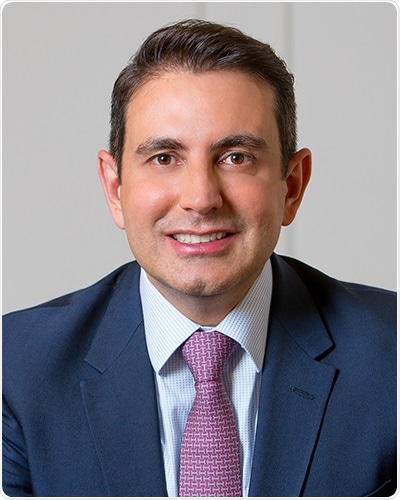Dec 19 2017
A renowned UK skin clinic, which is attending Arab Health 2018, has warned against the dangers of insufficient Vitamin D levels among Middle Eastern children.

Dr Haus – who runs a specialist dermatology clinic on London's Harley Street - explains that low levels of vitamin D is common in children living in hot countries where children spend a lot of time indoors due to the extreme heat or wear clothing that covers large areas of their skin.
The darker the color of a person’s skin, the slower their rate of Vitamin D production due to the higher amounts of melanin in their skin. Therefore, due to a combination of factors, children in Middle Eastern countries may not receive enough natural Vitamin D from the sun’s rays.
Dr Haus said:
It is well known that vitamin D is essential for the development of healthy bone structure, but it also has other less well-known benefits such as the proper functioning of the body’s immune system. Checking vitamin D levels in children on a regular basis is therefore important.
Dr Haus also warns that the risk of skin cancer in children in the Middle East is something that should not be ignored. There is a misconception that people with darker skin or those who tan easily are not at risk of developing skin cancer.
People in the Middle East who have darker skin on the Fitzpatrick Scale of Skin may have a lower risk than a fair skinned person, but they are not excluded from the risk of developing skin cancer.
“Prevention of skin cancer is key,” added Dr Haus. “The regular use of quality sunblock on children in the Middle East whenever they are exposed to sunlight is essential. This also applies to anyone travelling around in a car or sitting adjacent to a window as the UV rays from the sun can transmit through glass.”
Where there is a history of skin cancer in the family, there is an increased risk of developing the disease. He added:
Anyone with a history of skin cancer, or who spends a lot of time outdoors, would be well advised to have regular checkups with a dermatologist where moles and other lesions can be checked and monitored.
The Dr Haus team use computerized mole-mapping technology, which allows full body photographs of a patient to be taken in less than 5 minutes and any suspicious moles or lesions will be identified.
Photographs can then be used as a base line to highlight any changes in the size, shape or color of the mole or lesion, when the patient next returns to the clinic. In high-risk patients, this may need to be carried out as often as every 3 months.
Dr Haus’ clinic is located within the Harley Street Medical Area, London - an area famed for its medical excellence in treating complex and life-threatening conditions. The area, managed by long-term landlord The Howard de Walden Estate, brings together a community of world renowned medical professionals.
The Arab Health Exhibition & Congress is taking place from 29th January to the 1st February 2018, at the Dubai Convention and Exhibition Centre. The Dr Haus team will be located on the Harley Street Medical Area Stand on the UK Pavilion (Stand H7E30).